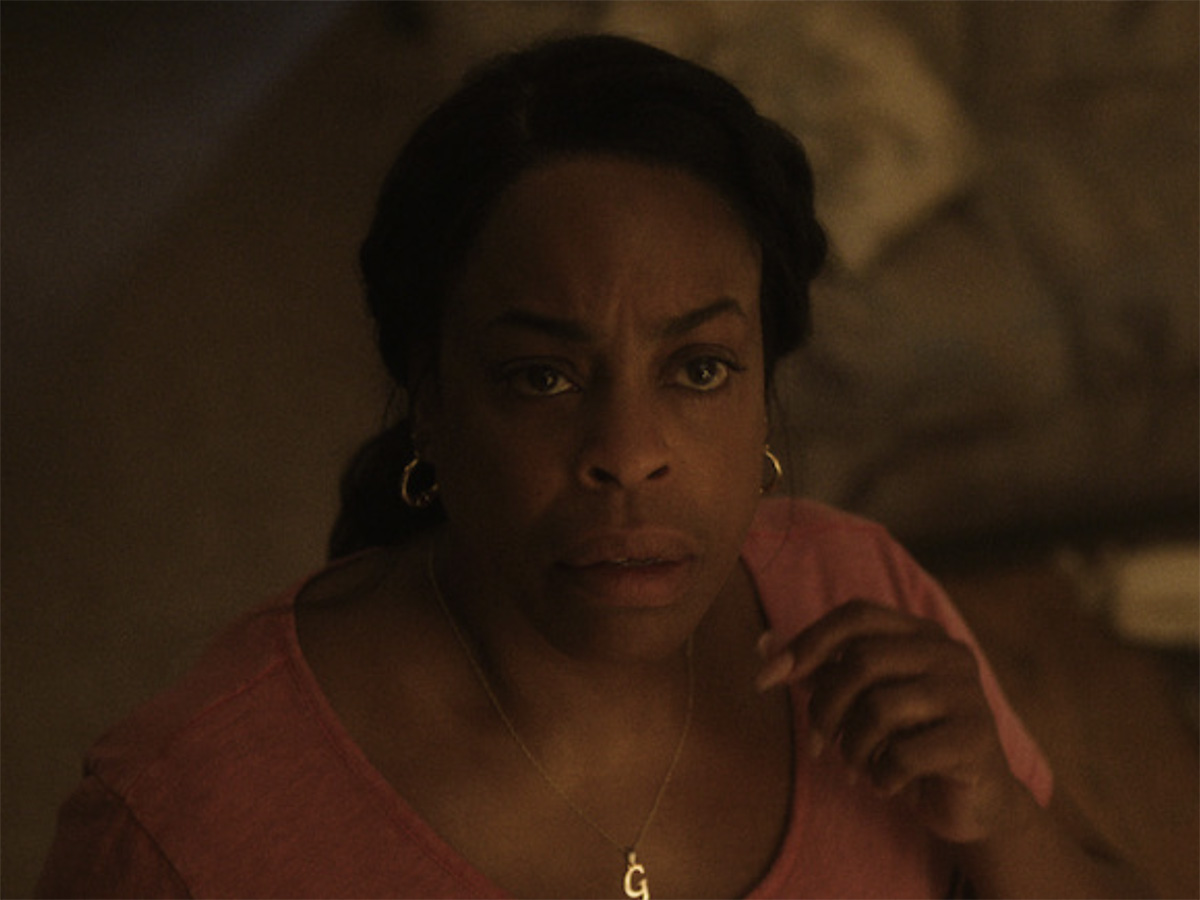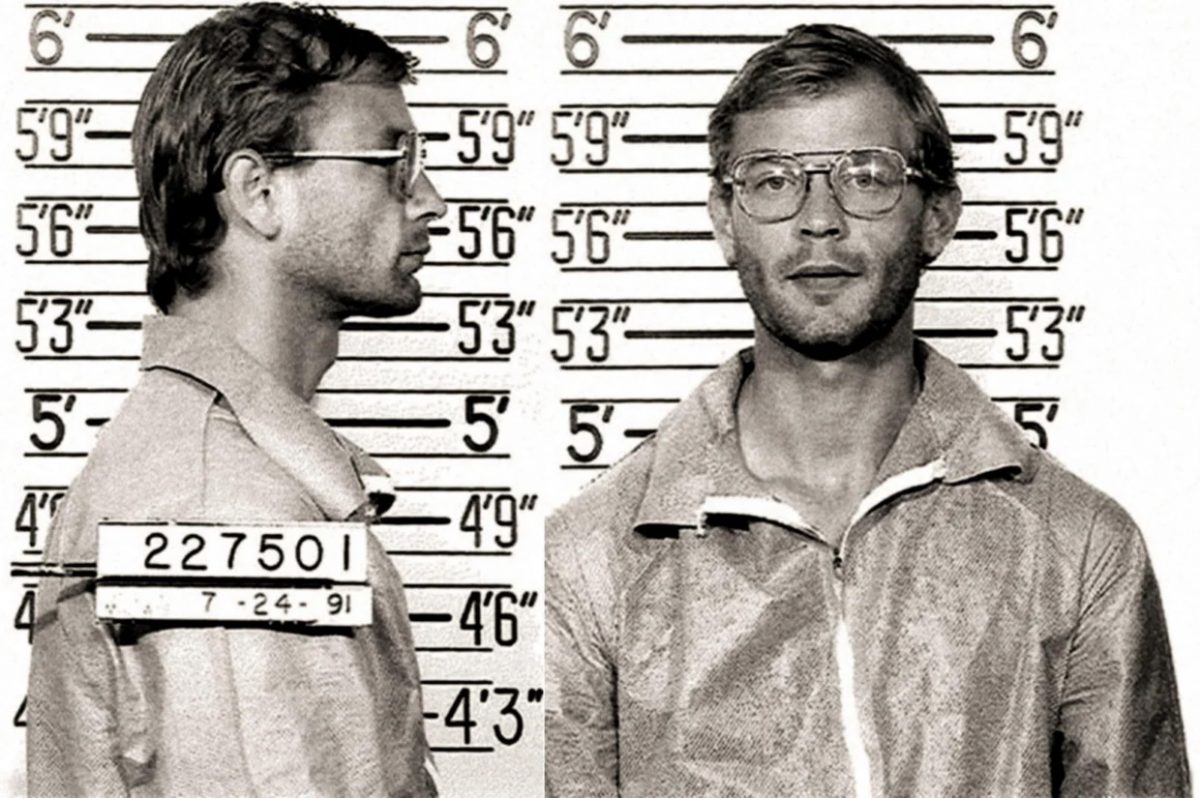
Since it was unleashed on Netflix last month, DAHMER – Monster: The Jeffrey Dahmer Story has made quite the splash both online and on the streaming platform itself. Its release was uncharacteristically muted for a Ryan Murphy project – the show was not made available to critics beforehand, and promotion and cast interviews were nowhere to be found – but it instantly became the streamer’s most-watched series around the world. Four weeks later, not only was it still sitting comfortably at #1, but its 700 million viewing hours (and counting) mean that The Jeffrey Dahmer Story is already Netflix’s second most-watched series of all time behind only Stranger Things.
As the numbers continue to increase, so has the controversy surrounding this latest screen adaptation of one of America’s most notorious serial killers. Various friends and family members tied to Dahmer’s victims have spoken out against what they’ve called a “total blindside,” reviewers have called it “sickening” and “a brilliant masterpiece” in the same breath, and it’s even had people questioning the morality of the true-crime genre itself. Ethical debates aside, it’s true – The Jeffrey Dahmer Story is an incredibly difficult and even nauseating watch. But what does it do differently that could possibly justify bringing this story back for yet another go round?
https://www.youtube.com/watch?v=NVHHs-xllqo
At 10 episodes, each hovering at about an hour long, Ryan Murphy and co. gave themselves ample time for their series to either warrant its own existence or veer into dangerously exploitative territory. It mostly succeeds at accomplishing the former – The Jeffrey Dahmer Story seems to know it’s not a horror movie that can get away with reducing its characters to one-dimensional props, nor should it try. Part of what makes it so harrowing is its emphasis on the lives he destroyed and the egregious failures of a justice system whose racism and homophobia allowed these unfathomable horrors to run rampant for too long. Given that this is a serial killer biopic, it still dissects Evan Peters’ “Jeff” from the childhood he spent in a broken home through his unnerving evolution into a psychopathic monster. However, he’s largely sidelined in the second half in favor of those his actions left in their wake.
Among them are the victims and their families, one of whom gets an entire episode. Episode 6, titled “Silenced,” introduces Tony Hughes, who moved to Milwaukee to pursue a modeling career before his murder in 1991. Hughes, who is empathetically played by Deaf U’s Rodney Burford, was Deaf, Black, and gay, and the episode establishes how beloved he was by the people in his life well before Dahmer enters the picture about halfway through. By the time they meet and strike up a romance that almost seems genuine, the inevitability of what we know is coming is that much more unbearable. We see the weight of that tragedy – one of Dahmer’s 17 confirmed murders – take its toll on Hughes’ doting mother and sisters, even through Dahmer’s eventual trial and conviction in later episodes.

Another is that of 14-year-old Konerak Sinthasomphone, whose family had immigrated to Milwaukee from Laos a decade before his death. Aside from his murder leaving his parents emotionally destitute (in one scene, the family has a funeral without their son’s body in a desperate attempt at finding closure), this particular case acts as one of the most disturbing onscreen examples of the police’s real-life incompetence and neglect. When the boy escapes Dahmer’s apartment and is found naked and heavily drugged by Niecy Nash’s Glenda Cleveland, who insists she’s been calling the police on Dahmer for months, the officers send him back inside with repulsed shrugs at what they’ve reduced to “that gay stuff.”
Nash’s note-perfect performance as Cleveland, Dahmer’s next-door neighbor who has to endure the screams and smells coming through her air vent, is critical to The Jeffrey Dahmer Story’s point. Every time she calls the police, they placate her with empty promises to “send someone out tomorrow.” When she finds Sinthasomphone and demands they take him to safety, pleading for them to acknowledge that he at least looks like a child, they side with Dahmer’s clumsy excuses and escort him back inside to his death. Notably, this was a white man who preyed on minorities – 15 of Dahmer’s victims were Black, Latino, or Asian men – and the series does not shy away from the systemic prejudices that enabled him and ignored his targets.

Even after he’s caught and the “Milwaukee Cannibal” becomes a national sensation that inspires twisted fan letters and comic books, the system still can’t atone for its failures. Officers John A. Balcerzak and Joseph T. Gabrish are suspended after the media pressure requires the police chief to save face, but they’re celebrated with Officer of the Year awards upon their reinstatement. While the award is one of the series’ few embellishments, Balcerzak did go on to become the president of the Milwaukee Police Association from 2005 to 2009 – the same officer who is quoted verbatim in the show when he says, “My partner’s gotta get deloused at the station,” after leaving a gay, Laotian teenager at Dahmer’s apartment.
These are the horrors that are often pushed to the back seat when recalling the terrors of Jeffrey Dahmer. The Jeffrey Dahmer Story is not true-crime with a fetish for blood. In fact, the worst of the violence either takes place off-camera or is only referenced through the dialogue. Instead, The Jeffrey Dahmer Story tells the most complete version of the story yet; one made more heinous by the spotlight it puts on the institutional failures that still exist today. It doesn’t leave us to question the extent of the wreckage Jeffrey Dahmer left behind, but the evil he inflicted on the world is compounded by the brutal reminder of why he was able to slip through the cracks for over a decade. It’s certainly not a watch for everyone; those calling it dark, depressing, nasty, and unforgiving are entirely correct. But it’s also brilliantly done.
“DAHMER – Monster: The Jeffrey Dahmer Story” is currently streaming on Netflix.




